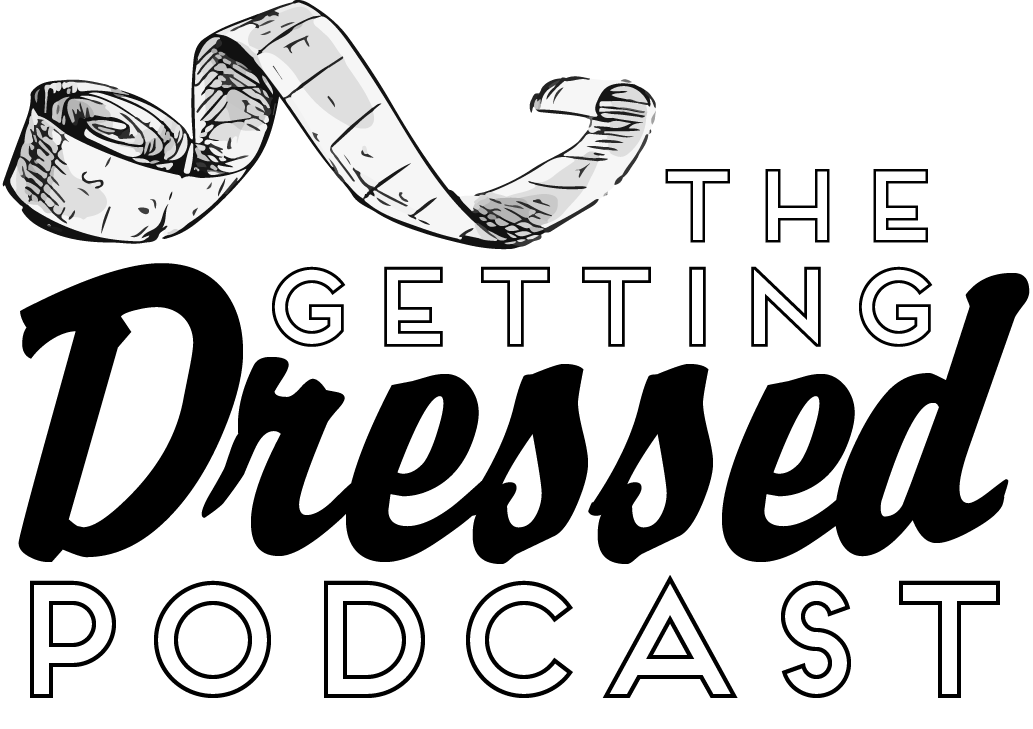Dress Codes Explained
Most of us never fully learned the difference between dress codes or what they are in the first place. We are thrown into the real world and expected to know what “casual,” “business casual,” and “business professional” mean. Maybe we’ve Googled it, but usually, Google populates the screen with a variety of answers.
So, what are dress codes and how do they apply to our everyday life? Let’s break it down.
Casual
A casual dress code is a guideline that lays out recommendations for laid-back and more relaxed styles. The biggest component to remember in this category is that it includes denim jeans as acceptable wear in the workplace. Remember though, there is usually a differentiation in casual clothing between weekend wear and office fits.
Casual clothes outside the office include athleisure, shorts, sandals, sun dresses, tank tops and graphic tees, and other clothing that otherwise would be deemed inappropriate for the office (too tight, too low, too short, etc.). These types of pieces usually make an appearance on the weekend or evenings and should be generally kept outside the workplace, even in virtual environments. Of course, that depends on the actual work environment you’re in. For example, Amazon allows for shorts in the office.
On the other hand, overall work-appropriate casual includes the following:
Bottoms
Jeans (no holes or distressing)
Chinos
Skirts
Tops
Tees
Polos
Blouses
Sweaters
Button-downs
Shoes
Loafers
Flats
Heels
Nice tennis shoes
Trainers
Additional Pieces
Jackets
Sport Coats
Blazers
Cardigans
Dresses (casual and professional)
If you’re someone who is seeking a management position, it’s better to err on the side of caution and dress up more (polo, jeans, and trainers versus graphic tee, shorts, and tennis shoes).
Business Casual
Business casual is the dress code that arguably gets used the most in professional environments but is also the least understood. Theoretically, there is a reason for this. Business casual spans the gap between casual and business professional, and therefore, can lean more relaxed or more professional.
Bottoms
Chinos
Dress pants
Modest skirts
Tops
Polos
Blouses
Button-downs
Sweaters
Shoes
Loafers
Flats
Heels
Nice trainers
Additional Pieces
Sport Coats
Blazers
Modest dresses
Cardigans
Jeans and open-toed shoes are not acceptable in the business casual world. It’s easy to dress down with business casual and still wear acceptable clothing for this dress code. When in doubt, remember that business casual demands a higher level of professionalism than casual clothes. Depending on the professional environment you’re in, wearing well-fitted, dressed-up pieces will most likely elicits a more positive response from those around you (sport coat, button-up, chinos, and loafers instead of a cotton button-down and casual chinos and trainers; or a blouse, patterned skirt, and heels instead of ill-fitting dress pants and a sweater).
Business Professional
Business professional is probably the dress code that most of us are familiar with. Other than corporate professional, which is rarely used except for specific workplaces, business professional demands the highest level of professional clothes in the workplace. In today’s world, many work environments have gone more casual, but its important to remember and know how to dress well within the business professional landscape.
Bottoms
Dress pants
Suit pants
Professional and modest skirts (should hit the knee)
Tops
Blouses
Button-ups
Shoes
Dress shoes
Loafers
Nice flats
Heels
Additional Pieces
Full suit
Tie
Dress socks
Sport Coat
Blazers
Modest, tailored dresses
Nylons/tights
The most standard business professional look for men is a well-fitted, clean suit and tie with dress shoes. Women have more leeway but suits, modest dresses, and skirts with blouses and nice flats and heels are easy go-to’s.
Semi-Formal/Cocktail
Semi-formal and cocktail are similar dress codes. The biggest differentiation is that semi-formal is slightly more elevated. Men typically wear something similar to business professional, including a full suit and tie. Whereas dresses for women are most appropriate. Cocktail and semi-formal dresses are typically knee length or slightly shorter, fancier, and have additional elements that you don’t usually see in the workplace like sequin detailing, sparkles, or bows and ruffles. Keep in mind that dresses should still be modest if you’re at an event where colleagues and professional stakeholders are present.
Black Tie
Black tie is the swankiest dress code. Simply put, for black tie events men should be in tuxes and women in floor-length gowns. If a tux isn’t available, then a black suit with a black tie and white shirt can be worn. Events with black tie dress codes are elevated and extravagant and guests should come appropriately dressed for the occasion.
Note that white tie is dressier than black tie, but it’s rare to see a white tie event in the United States. Typically, white tie is seen at balls and royal events.
Dress codes can be tricky. But if the right time and attention is put into understanding them, then it’s much easier to understand how your style can be curated to fit each one. Dressing appropriately for a dress code and wearing clothes that are in alignment with your style incites internal confidence and provokes a positive impression with those you’re around.
Stylishly Yours,
Anthony Bolognese and Leah Nalepa
